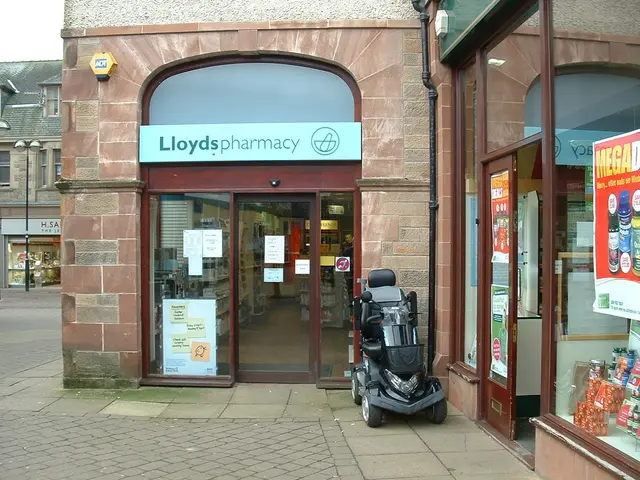Inequitable Resolutions: SEBI's ruling in the HDFC Ltd and HDFC Bank Ltd case clashes with its past judgments
In a recent order, the Adjudicating Officer (AO) of the Securities and Exchange Board of India (SEBI) concluded that Rupesh Satish Dalal HUF, a Hindu Undivided Family (HUF), had violated insider trading regulations based on circumstantial evidence. This case, however, departs significantly from SEBI's own recent jurisprudence and Supreme Court mandated standards.
The order stems from trading activity in HDFC Ltd. and HDFC Bank Ltd. shares, before their merger announcement, by Rupesh Dalal HUF. The AO relied on a "preponderance of probability" standard, primarily on circumstantial evidence such as timing of meetings, calls, and trading patterns. No direct evidence like emails or messages was produced to prove that Unpublished Price Sensitive Information (UPSI) was communicated.
By contrast, in the case involving United Spirits Ltd., SEBI generally requires more direct and convincing evidence—such as documented communications, witness testimony, or clear proof of information access—to establish a breach related to UPSI communication. SEBI has been cautious not to presume insider trading solely on suspicious trading activity without proving that the trading was actually motivated by UPSI.
This contrast highlights SEBI's varying approaches based on case facts but has raised commentary on consistency and evidentiary rigor in insider trading adjudications. The Rupesh Dalal HUF case demonstrates a comparatively lower evidentiary threshold, while the United Spirits case aligns with a stricter standard requiring concrete proof to establish UPSI communication and misuse.
The WTM's approach in United Spirits was consistent with the binding precedent set by the Hon'ble Supreme Court in Balram Garg v. SEBI, which emphasized that insider trading violations require "cogent and convincing evidence" to prove that UPSI was communicated. The AO's order in the Rupesh Dalal HUF case, however, contradicts this standard.
The proceedings against the member of Deloitte Touche Tohmatsu India LLP and Mr. Dalal's son were settled pursuant to a Settlement Order. The AO inferred that the UPSI was communicated from the member of Deloitte to Mr. Dalal's son and then to Mr. Dalal, based on the timing of the meeting, the call, and the trading pattern. However, the AO's order lacks direct evidence that Mr. Y communicated UPSI to Mr. Dalal.
The AO's order penalizes a party solely on inferred communication, which raises concerns about regulatory certainty and fairness. The contradictions in SEBI's adjudicatory framework continue to erode confidence in regulatory processes. To harmonize its evidentiary standards across quasi-judicial wings, SEBI must adopt a consistent approach to evidentiary standards.
This viewpoint article is authored by KC Jacob, Tanya Gupta, and Aarya Padhye.
References:
- SEBI Adjudicating Officer Order, Rupesh Satish Dalal HUF, July 29, 2025.
- SEBI Whole Time Member Order, United Spirits Ltd., August 25, 2023.
- Balram Garg v. SEBI, Hon'ble Supreme Court of India, 2020.
- The Economic Times, "SEBI orders Rupesh Dalal HUF to pay Rs 1.9 crore penalty for insider trading," July 30, 2025.
- Livemint, "SEBI's approach to insider trading: A tale of two cases," August 1, 2025.
Read also:
- High-Priced 2026 Corvette ZR1X Emerges as Budget Option in Supercar Sphere
- Top racer claims Corvette ZR1 might have shaved an additional 10 seconds off its record-setting lap time at Nurburgring
- Determining the Fate of Underground Water Reserves
- Will Trump's recently announced Russia sanctions deter Putin's actions?




